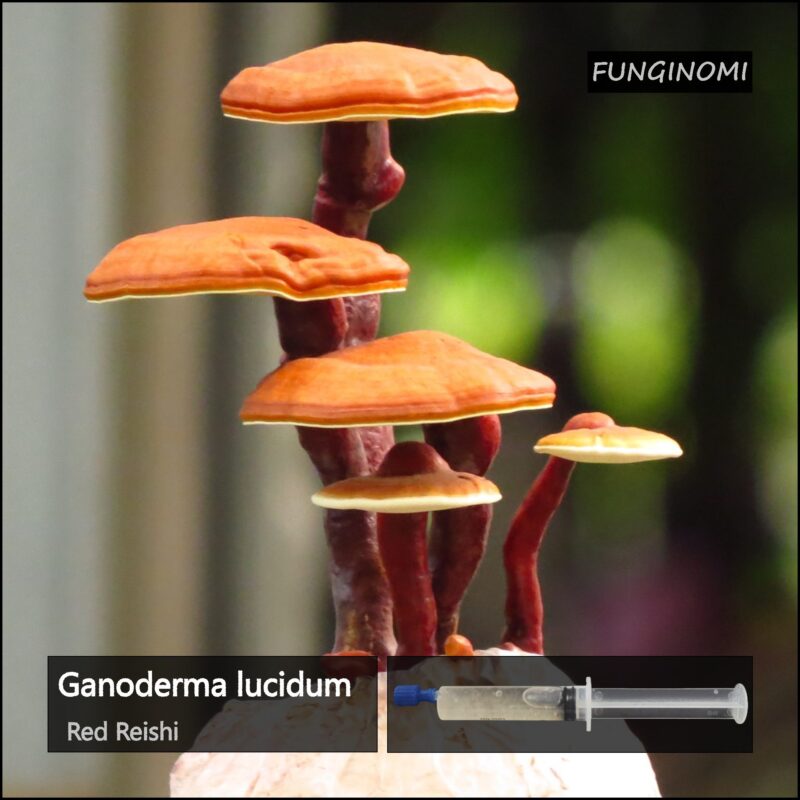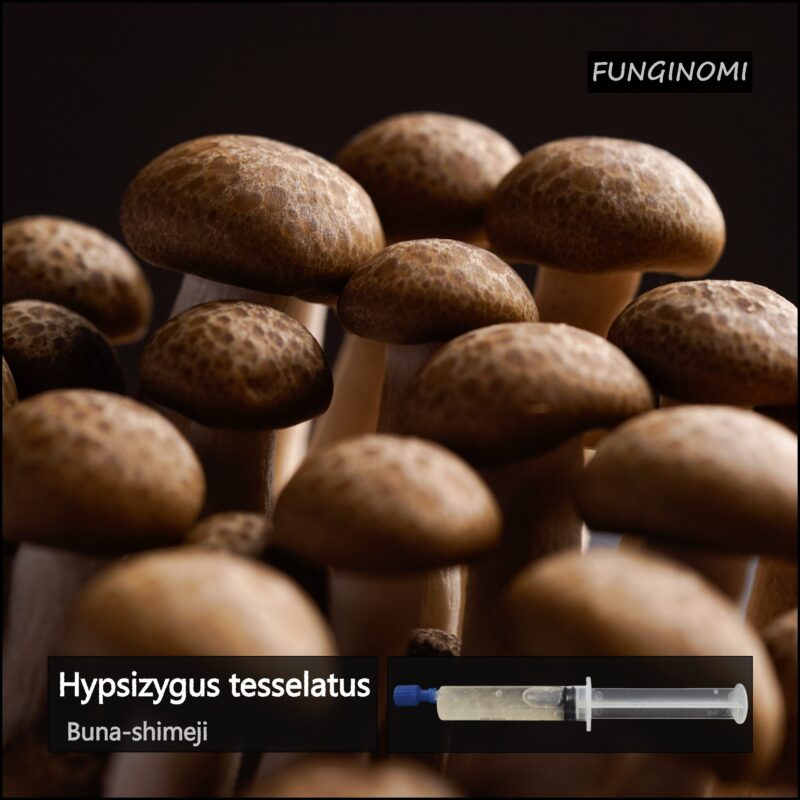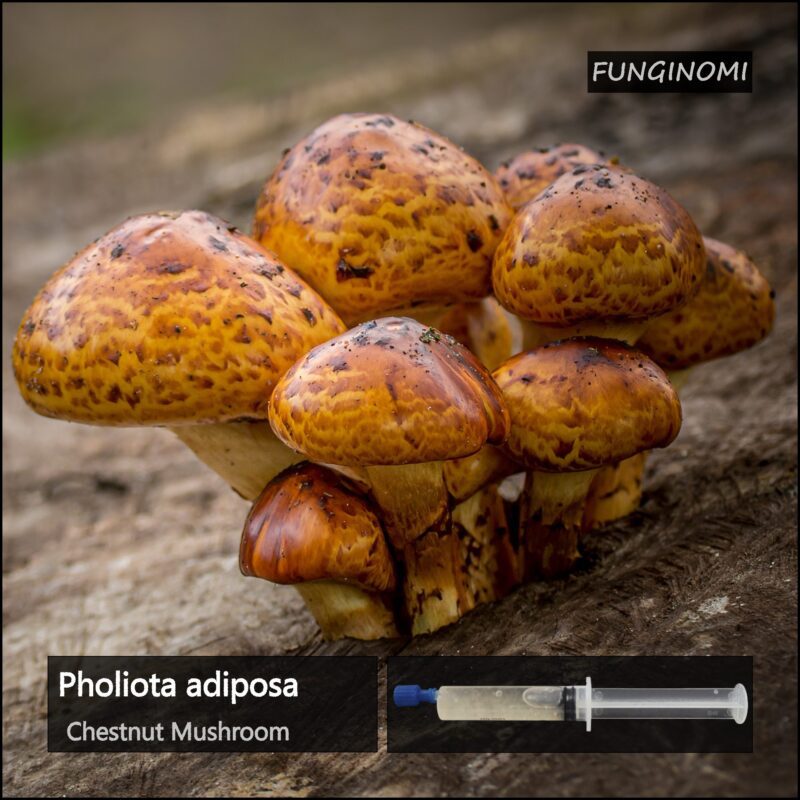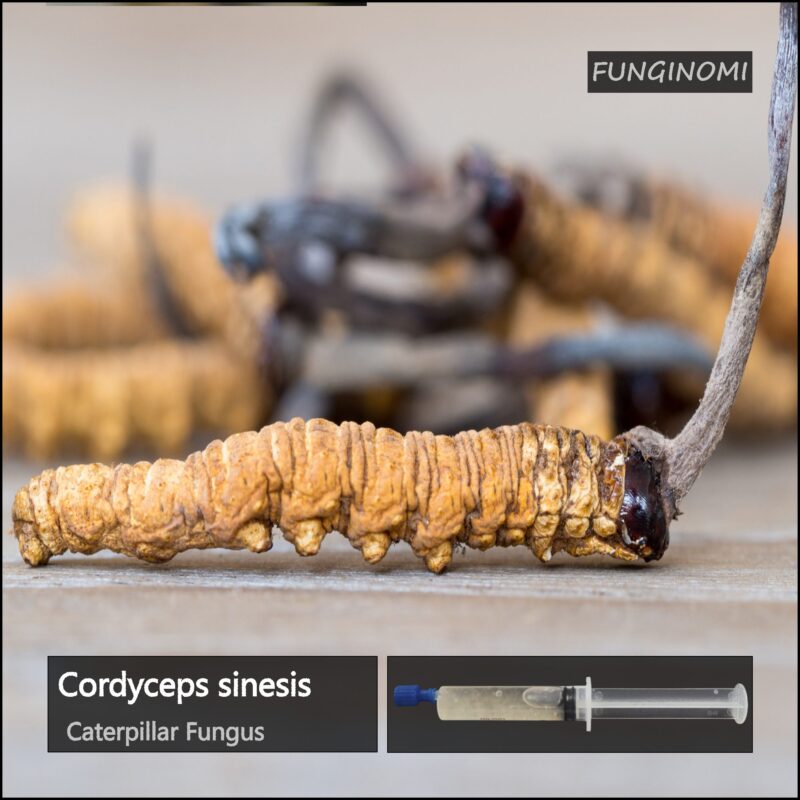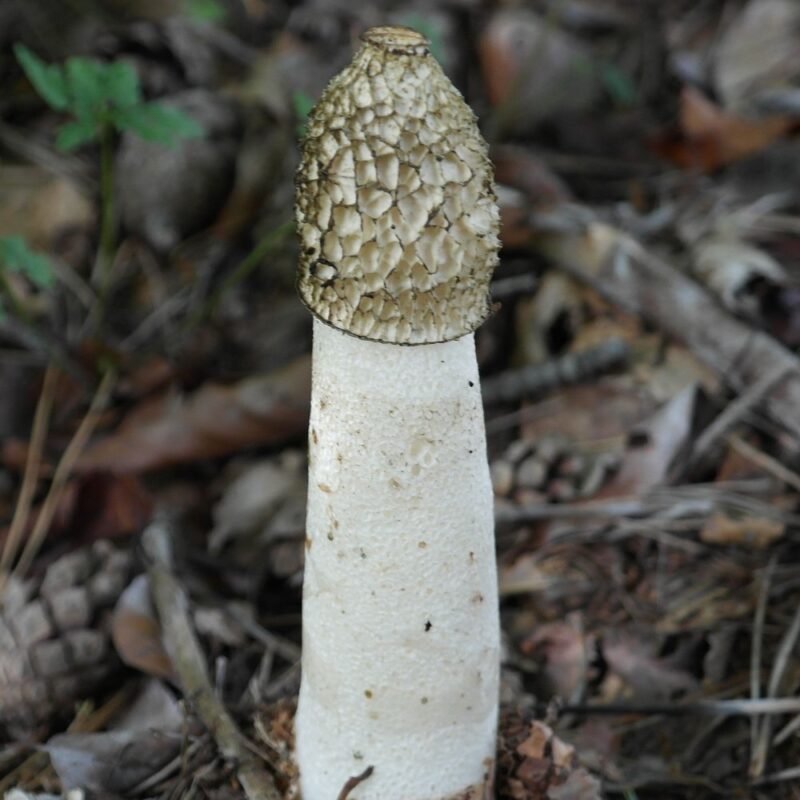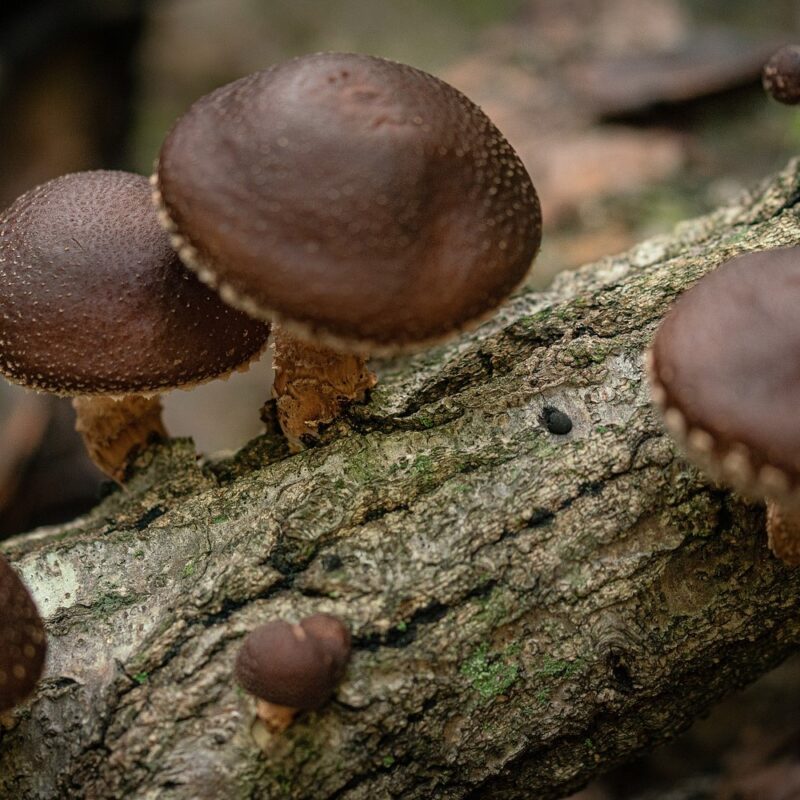This Slants can keep your cultures viable for many years, if treatened right. Also there is no more issue with condensation.
If you can work with petri dishes you will have no problem with these.
Petris are better suited for short term storage or to multiply strains.
In order to avoid aging, the culture is stored under refrigeration, which greatly slows down the cell division process and extends the life of the organism. This procedure proved to be suitable for storing fungus samples for at least two years without further work. The soaked hardwood increases the storage time drastically.
Liquid Cultures are a mix of nutrients, desolved in water and pressure sterilized. Perfectly a monoculture is then innoculated, to prevent competition. Some species need extra nutrition, so the mycelium grows healthy prior to inoculation.
It is very effective and just a small amount is enought to inoculate a big amount of spawn or soil.
Dowels are used on Logs, stumps or fallen trees. (15 pieces)
1. Drill a hole 4-6 mm wider than the dowel
2. Stick it into something.
3. Cover with bee wax.
4. Wait and bypass the time with another of our products :)
FOR THE LOVE OF NATURE
Hold seperate from the natural/native forest
How to use mushroom liquid culture
What should i use liquid cultures for?
Supplement mushroom grain mycelium
Industries catering to the production of myco-products have harnessed the power of colonized mushroom grain mycelium as a valuable supplement. This enriched substrate offers a concentrated source of mycelial biomass and metabolites, which are sought-after for their nutritional and medicinal benefits. Most supplements you buy are done with only the mycelium of the mushroom.
Using it to grow actual mushrooms
Beyond supplement applications, colonized grain mycelium represents a crucial stage in the journey of mushroom cultivation. This potent mycelial network, teeming with life, is transferred onto suitable substrates such as straw, sawdust, or compost to initiate fruiting. Under controlled environmental conditions, the mycelium colonizes the new substrate, steadily working its way towards the production of fruiting bodies – the mushrooms.
What makes mushroom liquid culture so easy to use?
Mushroom liquid culture is considered easy to use for several reasons, making it a popular choice among mushroom cultivators:
- Speed of Colonization: Liquid culture allows for faster colonization compared to solid substrates like agar or grain. The mycelium grows and spreads rapidly in the liquid medium, shortening the time required for the initial stages of the cultivation process.
- Ease of Inoculation: Inoculating a liquid culture is straightforward and requires minimal equipment. You can introduce mushroom spores or mycelium into the liquid medium using a syringe or inoculation loop, and the mycelium starts growing without the need for additional steps.
- Easy Transfer to Substrate: When the liquid culture is fully colonized, it can be easily transferred to a variety of substrates for fruiting. This transfer can be done without the need to handle delicate agar plates or grain jars, reducing the risk of contamination.
- Reduced Contamination Risk: Since liquid culture is a closed system, it has a lower risk of contamination compared to open agar plates or grain jars. The liquid medium acts as a barrier, preventing external contaminants from entering.
- Convenience for Research and Experimentation: For researchers or hobbyists working with multiple strains or species, liquid culture simplifies the process of maintaining and storing a diverse collection of mushroom cultures.
Our approach to your satisfaction
- Clear Instructions: With every order, you will receive comprehensive and easy-to-follow instructions on handling and processing the cultures.
- Complete Culture Kit: Choose us, and you’ll get all the items needed for a hassle-free growing experience, including 1x Self-Healing Injection Port, Air Filter, Closing Cone, Needle, and Alcohol Wipe.
- Ensured Sterility and Freshness: We guarantee the highest level of sterility, providing fresh, contamination-free cultures that are ready to use upon arrival.
- Responsive Customer Support: Our reliable customer support system promptly addresses any queries or issues you may have.
- Educational Resources: Access our website’s abundance of educational resources, including cultivation guides, tips for successful growing, and troubleshooting solutions. We have gathered this information over years of experience, all available free of charge.
- Secure Packaging and Shipping: To protect the cultures during shipping, we use sturdy and secure packaging.
- Continued Support: Even after receiving your cultures, we offer post-purchase support, so you can seek guidance or ask questions whenever needed.




